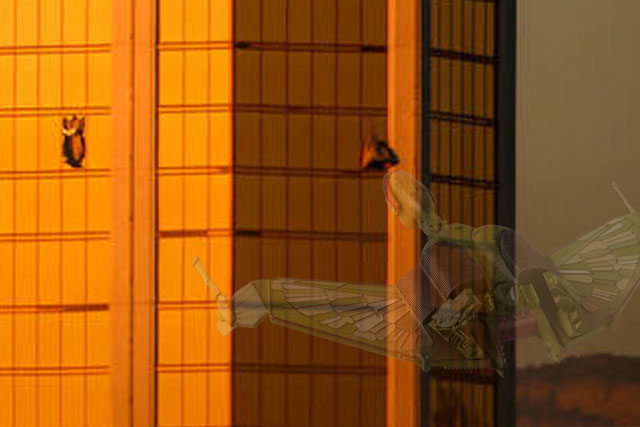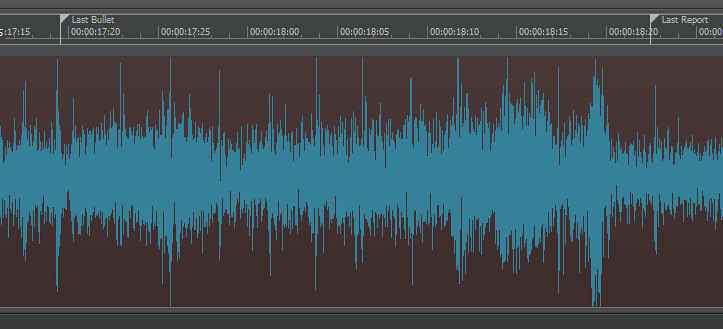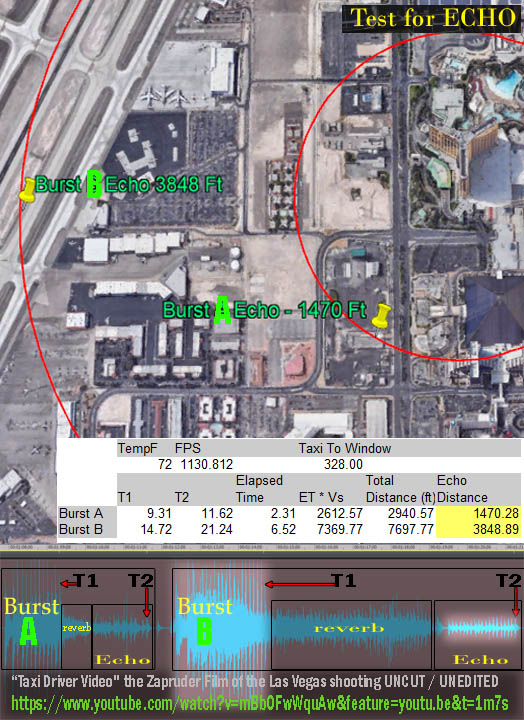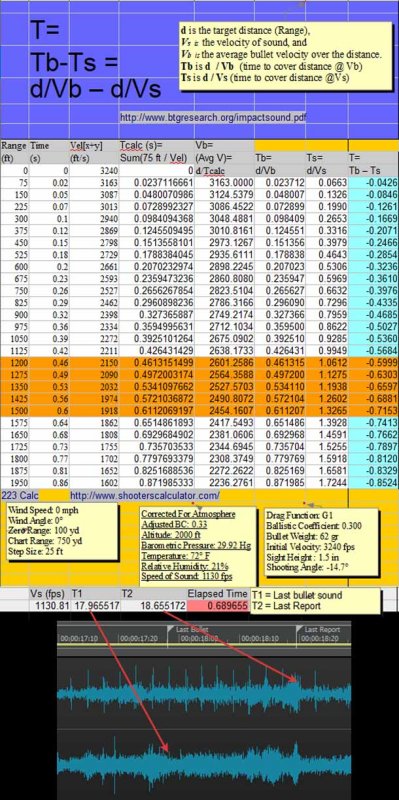United States News
See other United States News Articles
Title: Video claims shooter dressed as police
Source:
[None]
URL Source: https://duckduckgo.com/?q=LAS+VEGAS ... a=videos&iax=1&iai=qMxn7hpXmk4
Published: Oct 8, 2017
Author: Planet X Investigations
Post Date: 2017-10-08 15:41:01 by A K A Stone
Keywords: None
Views: 67173
Comments: 186
Video claims shooter dressed as police Poster Comment: Video claims shooter dressed as police
Post Comment Private Reply Ignore Thread
Top • Page Up • Full Thread • Page Down • Bottom/Latest
Begin Trace Mode for Comment # 46.
#1. To: A K A Stone (#0)
(Edited)
SMH. LOL.
Why the silly meaningless image?
"Planet X / Nibburu" https://www.google.com/search? source=hp&q=Planet+X+%2F+Nibburu Not a credible source.
Perhaps you are correct. I've never heard of them. There is a video they have and it has some interesting shots. Care to comment or you just going to call me conspiracy theorist? No matter either way. I think one person did so far.
Nah. It's easy for someone to think they hear something (and be misled) when they don't understand the acoustics. Especially when the Niburu cultists / grifters start injecting their click- bait input.
"There is a principle which is a bar against all information, which is proof against all arguments and which can not fail to keep a man in everlasting ignorance-that principle is contempt prior to investigation." --HERBERT SPENCER
Like I said, I've seen the video these Niburuspiracists recycled - when it was first published. I understood the audio then, and it hasn't changed. The guy wants you to believe the "shooter" made sounds that A: were not local gunfire. Eventually somebody will compile a timeline with links to every burst of gunfire. I believe the evidence will all point back to those two windows. Haven't seen any evidence to the contrary yet.
Ok tell me about your audio. Where were was the taxi driver specifically at the first five burst fired. Show me where you checked the information. How did you find out where the taxi driver was? Then also since you are so smart. Do your echo test from where this video was shot. You are to lazy to dispute anything in this video. Even if you are right. So you are probably to busy or lazy to do what I asked. I seriously doubt you did your own research.
https://www.youtube.com/embed/kcjYefWRsKU? version=1&showinfo=0 Doubful that it's "original" - but anyhow observe the sustained burst in question, between: https://youtu.be/kcjYefWRsKU?t=8 and There isn't any discernible echo. Probably because this is the aiming point and not the origination point. Here's what I see between the last bullet sound and the last report: Where T1 is the last bullet sound and T2 is the last report sound. 1.07 seconds between T1 and T2 = 1208 ft. 1208 ft from the Mandalay Bay, per Google earth, puts us right about where the video is being taken. It's difficult to count the number of bullet events because they are in close synchronization with the report events - but I count somewhere between 80 - 95; making this probably one of the longer events I counted in the cab- driver videos - 94 rounds, which I suspect is from a 100 round drum magazine. Do we see a belt fed weapon or a drum in the "PLANET X INVESTIGATIONS" video? Nope. More evidence the Niburutards are FOS, as usual. ============== Distribution: A K A Stone,Tooconservative,nolu chan, buckeroo,KlingonAmbassador
There isn't any discernible echo. Probably because this is the aiming point and not the origination point. Here's what I see between the last bullet sound and the last report: Where T1 is the last bullet sound and T2 is the last report sound. 1.07 seconds between T1 and T2 = 1208 ft. 1208 ft from the Mandalay Bay, per Google earth, puts us right about where the video is being taken. What do you mean by the last bullet? It that the time of the sound as recorded on that video, or what is it? Is T1 a gunshot and T2 an echo. What do you mean by report, if not an echo? And just how did you calculate such a remarkable result for distance? Don't tell me. 1,125 feet per second (the speed of sound) x 1.07 = 1,203.75 and you rounded it off to 1,208 feet. Forget the rounding. Why does that measure the distance from the video taker to the shooter? https://en.wikipedia.org/wiki/Speed_of_sound
>>What do you mean by report, if not an echo? As any Boy Scout with one of these... ...should know: https://duckduckgo.com/? q=An+explosive+noise%3A+the+report+of+a+rifle >>And just how did you calculate such a remarkable result for distance? { blah blah blah wikispew} I used the same speed I used in my other analysis (appended below) - based upon an air temperature of 72 degrees Then I calculated the difference in time between the last bullet sound (T1) and the corresponding last report sound (T2). T2-T1 = time the report traveled = 1.07 1.07 * FPS of 1130.8 = 1208.8 ========================== Conclusion: Burst B is NOT two weapons being fired simultaneously. It is one weapon being fired at a more distant target. The longer distance, observable in the period between Burst B's T1 and T2, manifests a corresponding longer period of reverb. It is the reverb that is being incorrectly interpreted as a second weapon (and second shooter) firing at the same time. Research resources:
Hmmm. Actually that's not quite the correct calculation required here. I'm making an error by treating the T1 as the firing time. Need to update that to incorporate the muzzle velocity....
#73. To: Tooconservative, nolu chan, aka stone (#46)
(Edited)
Need to update that to incorporate the muzzle velocity.... Ok, so I was on the right track. I found this research paper: [Using Sound of Target Impact for Acoustic Reconstructions of Shooting Events] http://www.btgresearch.org /impactsound.pdf "For example, if the microphone is adjacent to the victim (such as a 911 recording might be), the equation for determining the distance becomes: t=tb - ts= d/Vb-d/Vs If the muzzle blast duration obscures the sound of the bullet hitting the target, simple inspection of the sound waveform is insufficient. " I took their formula, built a spreadsheet, and plugged in 223 balistic data generated via shooterscalculator.com: Important to note: * Presently we don't have information regarding specificaly which weapons and amunition were used. So the ballistic data was generated with a guestimate 223 configuration. * My DAW (Sonar) doesn't appear to have the capability of capturing a sound spectrogram like the ones the authors of the study produced; but after reading their commentary on the blast noise obscuring impact noise, I filtered the crowd noise, and filtered/looked alternately for the report and then the high energy impact sounds - and I revised T1 and T2 accordingly. More accurate results could possibly be obtained if the corresponding burst sequence on the Taxi-Driver video is identified and aligned, as the taxi-driver's audio contains only the muzzle blast and echo. It doesn't have the crowd and impact noise to obscure the muzzle events.
Top • Page Up • Full Thread • Page Down • Bottom/Latest
#2. To: VxH (#1)
#10. To: A K A Stone (#2)
(Edited)
Why the silly meaningless image?
#11. To: VxH (#10)
Not a credible source
#17. To: A K A Stone (#11)
(Edited)
call me conspiracy theorist?
#19. To: VxH, tooconservative (#17)
Nah. It's easy for someone to think they hear something (and be misled) when they don't understand the acoustics.
#21. To: A K A Stone (#19)
(Edited)
B: are associated with the pattern of reports that is coming from the hotel.
#22. To: VxH (#21)
#32. To: A K A Stone (#22)
Another copy of the same video - claiming to be
[Original footage of las vegas shooting 50 filled 200 injured]
https://youtu.be/kcjYefWRsKU?t=22T1 T2 Elapsed Time Total Distance 17.69 18.76 1.07 1208.80ft
#40. To: VxH, A K A Stone, Tooconservative (#32)
T1 T2 Elapsed Time Total Distance 17.69 18.76 1.07 1208.80ft In dry air at 0 °C (32 °F), the speed of sound is 331.2 metres per second (1,087 ft/s; 1,192 km/h; 741 mph; 644 kn). At 20 °C (68 °F), the speed of sound is 343 metres per second (1,125 ft/s; 1,235 km/h; 767 mph; 667 kn), or a kilometre in 2.91 s or a mile in 4.69 s.
#42. To: nolu chan, A K A Stone, Tooconservative, Klingon Ambassador (#40)
(Edited)



An analysis of two sequential burts of gunfire between:
["Taxi Driver Video" the Zapruder Film of the Las Vegas shooting UNCUT / UNEDITED]
https://www.youtube.com/watch ?v=mBbOFwWquAw&feature=youtu.be&t=1m7s
and
https://www.youtube.com/watc h?v=mBbOFwWquAw&feature=youtu.be&t=1m24s
===============
T1: Time from start of video (1minute N seconds) at the time of the last shot in the burst.
T2: Time from the start of the video (1minute N seconds) at the time of the echoed sound event corresponding to T1.
TempF: the air temperature (72 degrees F)
FPS: 1130 ft per second -- The speed of sound at 72 degrees F
Elapsed Time: T2 minus T1, the number of seconds between the last shot, and the echo of the last shot in each burst.
Total Distance: Elapsed Time * FPS = the total distance traveled between T1 and T2.
Echo Distance = The distance the echo traveled from the aiming point back to the point of origin.
===============
https://www.google.co m/search?biw=1544&bih=856&q=Forensic+Acoustics+gunfire
http://www.physic sclassroom.com/mmedia/waves/er.cfm
https://www.timeanddate.com/weather/usa/las- vegas/historic
http://www.csgnetwork.c om/soundspeedcalc.html
#43. To: All (#42)
(Edited)
T1 T2 Elapsed Time Total Distance 17.689655 18.758621 1.068966 1208.80
Here's a snapshot with increased decimal precision and less rounded confusion :-}
#46. To: All (#43)
(Edited)
17.689655 18.758621 1.068966 1208.80
Replies to Comment # 46. I'm making an error by treating the T1 as the firing time.

End Trace Mode for Comment # 46.
[Home] [Headlines] [Latest Articles] [Latest Comments] [Post] [Mail] [Sign-in] [Setup] [Help] [Register]
